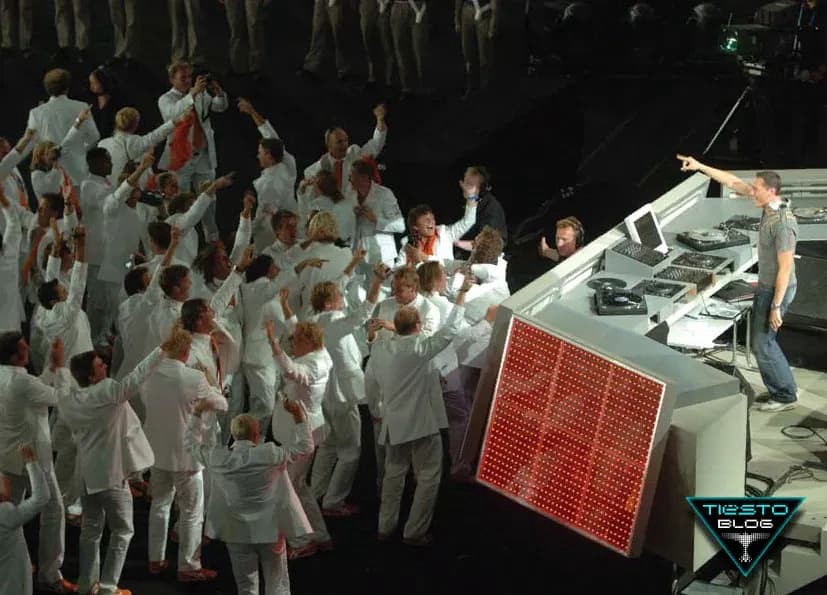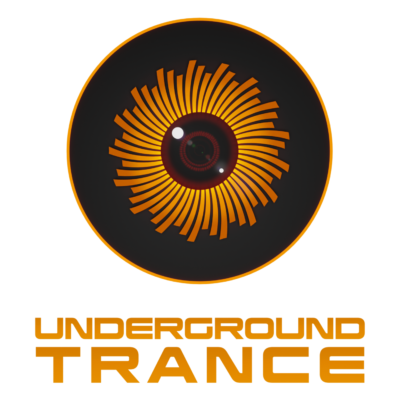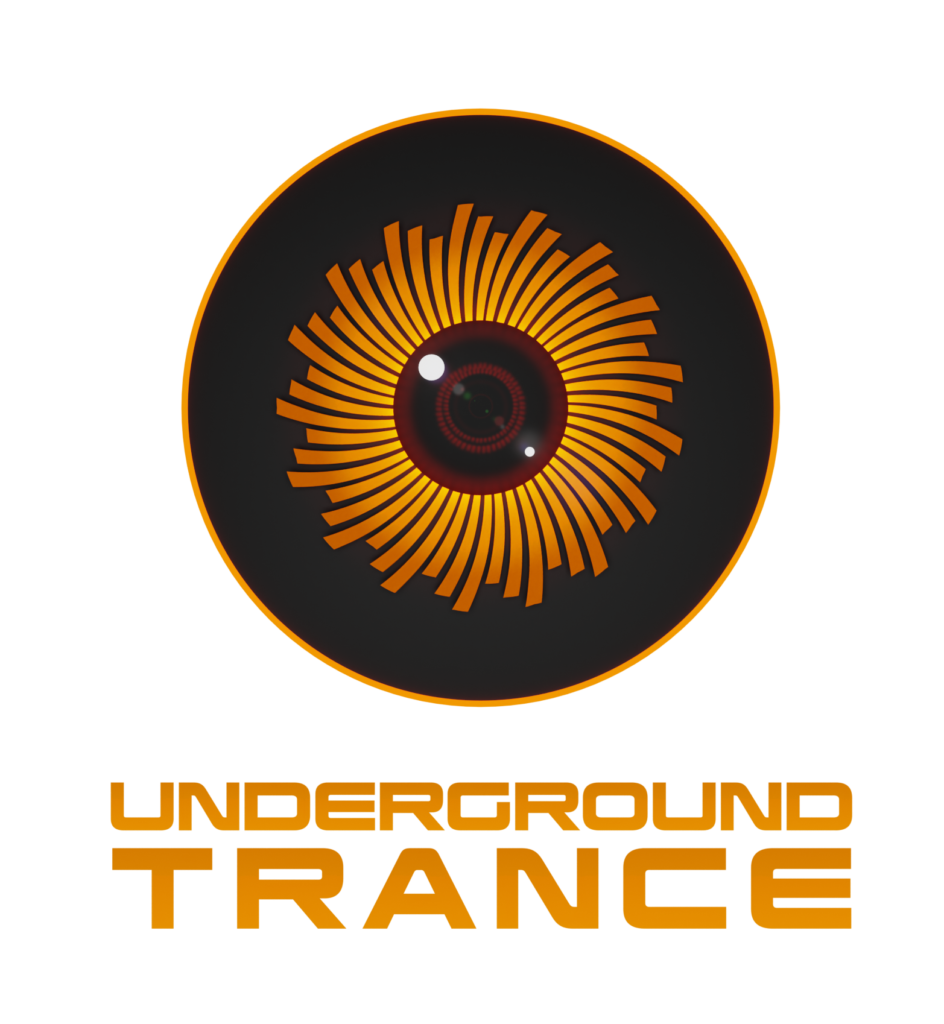Table of Contents:
- Part 1: 1989 -1994
- Part 2: 1990 – 1998
- Part 3: 1996 – 2004
- Uplifting and Vocal
- Hard Uplifting
- Tech Trance -> Techlifting
- Part 4: 2004 – 2020
- The EDM Era
- Pushback
- Part 5 (coming soon): 2020 –
- The Underground Era
- Manifesto for the Future
The EDM Era
As millions of people tuned in, a parade of athletes from around the globe walked triumphantly into Olympic Stadium in Athens Greece for the 2004 Summer Olympics. Near one of the exits, a makeshift DJ booth had been erected. Nearly 40 minutes into the Opening Ceremony, DJ Tiesto began his set.
The first and only DJ to perform an Olympic opening ceremony, he was asked to play a 90-minute set while athletes were paraded through, mythical scenes were performed, and the torch was lit. The performance sent Tiesto’s career into the stratosphere and brought electronic music to the biggest audience yet.

Despite the growing acceptance of electronic music into the mainstream, the perception of raves was still a negative one following years of negative press coverage. For commercial interests looking to capitalize on electronic music’s newfound popularity, the perception was bad for business.
To counter the negativity, many promoters stopped using the term “rave” in advertising and the term “EDM” was born as a popular and commercially viable way to describe the scene. EDM stands for Electronic Dance Music.
The term EDM had been used at times in the past, but with the corporate music industry adopting it as an umbrella term to describe various dance sounds under one marketable name, its usage exploded. Many in the electronic music scene balked at the insinuation of commercialism that the EDM branding carried.
EDM wasn’t simply a rebrand. Electronic music and the scene that surrounded it moved away from its underground, counterculture roots. The EDM community was much more accepting of dominant cultural values and the status quo. As the scene became more mainstream, major brands began offering corporate sponsorships of events.
EDM was also not simply an umbrella term, it also came to refer to a specific type of electronic music: a pop-infused, commercially-driven, big-room sound that had appeal at massive festivals. The music generally featured shrill melodic synth lines, long breakdowns, big drops, and cheesy pop vocals, often sung by mainstream vocalists.
Every electronic music genre would see pop-influenced, commercial flavors that were increasingly dominant. The Big Room sound of EDM would go on to define the 2010s, redefining both the pop music scene and the electronic music scene until they were nearly indistinguishable.
Electronic music’s influence wasn’t entirely new to pop music, but for the most part, those influences had been kept primarily to the gay market. American pop divas had been using electronic sounds to create dance-friendly tracks for a while: Donna Summers and her work with Giorgio Moroder; Madonna and her collaboration with Orbital; Above & Beyond’s remix of Madonna’s “What It Feels Like for a Girl.”
As the 2010 decade began though, the influence of electronic music on pop was beginning to be felt on a much wider scale. Lady Gaga started releasing Europop-influenced music and the influences of electronic music seemed to explode into popular culture, supplanting rap and hip-hop as pop music’s primary influence.
DJs like Tiesto, Avicci, Swedish House Maphia, David Guetta, Hardwell, Porter Robinson, and Skrillex were household names. It was nearly impossible to turn on a pop radio station without hearing the influence of electronic music. Using structural elements of early 2000s Uplifting, pop producers were borrowing heavily from the past. Some examples include Rihanna’s “Only Girl (In The World),” Katy Perry’s “Firework,” and Lady Gaga’s 2011 album Born This Way.
With DJs as pop stars, fans flocked to big festival stages to see their favorite celebrity DJs. Newer fans, often unfamiliar with the distinctions between genres, generally referred to everything as EDM. The sound and ethos of various genres became less defined as most saw pop-influenced, big room-style sounds squeeze out their original sound.
In large part, festivals were the driving force behind EDM’s growth in the U.S. and globally. Though the U.S. had been slow to embrace electronic music, but as electronic music became entwined with pop culture, the scene exploded, with more and more festivals popping up throughout the U.S.
Attendance soared at festivals like Ultra in Miami, Electric Forest in Michigan, TomorrowWorld in Georgia, and of course EDC—first in Los Angeles, and when it grew too large for LA to sustain, it was moved to Vegas.
In many ways, Trance had been a precursor of what would ultimately happen to all genres of electronic dance music. As genres adopted pop music’s structure and cheesy vocals, the newer sounds often completely subsumed the original sound.
The genres that remained healthiest were those that were able to maintain a robust underground scene. The guardrails of an underground scene willing to gate-keep, helped to maintain space for experimentation and creativity. This helped to insulate some genres from the wholesale adoption of passing music fads and trends that ultimately do not last.
By the 2010s, Trance was especially devoid of an underground scene. A few notable DJs like John 00 Fleming were trying to hold on, but the early commercialism of the Trance scene had pushed many from the scene altogether. Many Trance producers and fans had given up on the genre as the euphoric, vocal drenched Uplifting sound had taken over in the late 1990s and early 2000s.
Uplifting producers were beginning to see their stars fade as EDM rose. Though a dwindling group of passionate Uplifting fans remained, Uplifting was becoming irrelevant in the larger electronic scene and those seeking fame began abandoning the sound or avoiding it altogether. A very high-profile example occurred when Tiesto unceremoniously left Uplifting for EDM.
The festival scene was also seeing the decline. The Trance Energy festival failed to sell out for the first time in 2010. Because of the failure, the event was rebranded as “Energy the Network” in 2011, and EDM DJs were added to the lineup. Uplifting fans widely panned the move and began to abandon the event in droves. In 2012 it sold only half of its tickets. 2013 would see the event moved to a smaller venue and that would be the last before the event was shuttered.
EDM peaked around 2014 or 2015. By August of 2015, obituaries were being written. In the words of Mixmag magazine, the genre of “drop-heavy, stadium-filling, fist-pumping, chart-topping, massively commercial” stage sound that conquered America was fading from relevance. Some were calling EDM a bubble. Festivals were consolidating and many were going away completely.
In 2017 the event company, ID&T, filed for bankruptcy. ID&T’s largest festival, Tomorrowland was acquired by UK’s Superstruct Entertainment. In 2020 the International Music Summit reported that the ten highest earning DJs’ salaries dropped to their lowest level since 2013; attendance at Las Vegas clubs and pool parties declined; dance music’s share of the U.S. recorded music market dipped from 4% to 3% over two years.
“Pure Trance” & Attempts To Reclaim The Genre
Uplifting had retained some trance elements. The move towards EDM was discarding many of them. The music was becoming more harsh, and cold, a Big Room sound aimed at large festival appeal. By the early 2010s, some, such as Solarstone and John 00 Fleming were contemplating exiting the scene altogether. DJs who had long been part of the scene were finding it difficult to source enough music that they liked well enough to play.[lxv]
Many Trance and Uplifting DJs and fans recognized that there was a problem, but there was very little agreement on what the problem was, let alone how to fix it. Richard Mowatt, or Solarstone as he is known in the Trance and Uplifting scene, had been around since the mid-1990s and had seen his share of hits such as his Balearic trance tune, “Seven Cities.”
It was at around this time that Orkidea reached out asking Solarstone to create a remix of Orkidea’s track, “Unity.” The resulting 9+ minute track, Solarstone called the “Solarstone Pure Mix” because it was his idea of pure Trance that didn’t include elements from EDM or hardstyle. Solarstone followed this up with what he believed would be his final album, a love letter to Trance that he titled, Pure. He wanted to make an album that represented his sound, but also that represented what “pure Trance” meant to him. Not a BPM, but a journey. The final song of the album he titled, “Swansong” to signal his intention to exit the stage.
“Pure Trance is, for me, about the feeling conveyed in the music, it’s more than a tempo or production style,” Solarstone said.[lxvi] Solarstone’s style of Trance is warm, melodic, and emotional, and he believed he saw a gap in the market for people who love the essence of Trance. He didn’t feel that aggressive, hard music had anything to do with Trance, and it seemed that people had forgotten about Trance. Rather than leave the scene, Solarstone created a label, Pure Trance, to offer an alternative to the more abrasive and aggressive, heavily saturated and mass-produced sounds that were dominating the scene.
Solarstone wasn’t the only person who didn’t like the direction of the scene. After a thirteen year break, Ferry Corsten decided to return with his Gouryella alias in 2015. “I was sick and tired of all the ‘put your hands up, put your fucking hands up!’ whatever. Without getting too sentimental, I felt like I wanted to bring back the old sentiment and emotion from the turn of the century type of thing. I thought it was the right moment.” said Corsten [lxviii]. He released “Anahera” an Uplifting track that hearkened back to a sound that Corsten had first popularized and took his Gouryella concept on tour.[lxix] “Today’s Trance is so close to EDM that I really just wanted to bring an old sentiment back. It stems from a personal tiredness of what’s going on in the scene right now,” Corsten said.[lxx]
In 2018, Armin van Buuren and Benno de Goeiji (best known as part of Rank 1) brought a preview of their Gaia project album. The project offered a sound much closer to the original Trance sounds than anything the Uplifting DJs had done before. The performance resulted in a confused and upset crowd who vented their frustrations online about the celebrity DJ who had dared to play Trance in front of a self-proclaimed Trance crowd who was expecting Uplifting.[lxxi]
The Gaia set highlighted the disconnect between Trance and what many fans believe is Trance (or not Trance). “There’s always going to be constant arguments and battles within all musical genres of what and where certain tracks actually belong. To me, Trance will always be a feeling that dictates where it belongs,” says John 00 Fleming. “If a track is designed to be a commercial success, for radio and main stages at festivals, then we already have a new genre for that, it’s called ‘big room,’ but now EDM and the big room tag associated with it is no longer cool, people are not using this and diluting other genres again,” says John 00 Fleming.
He doesn’t see the problem as main stage DJs, they have to play tracks that everybody knows and highlights that commercialism can be a good thing because there’s an ecosystem where something gets commercialized that fuels and drives the underground scene to move forward. – John 00 Fleming [lxxii] Producers are not taking journey into trance. Progressive house/techno = progressive trance arguably reborn in those genres. Frightened by the commercialism. Progressive trance will thrive again. Progressive house/techno is a huge underground movement.
“Resurgence has been spoken about for years, it’s happening at the top tier, but I don’t see it in the rest of the world. But I’m doing something about it now…I’m trying to fix that void that’s missing in the trance world.” -John 00 Fleming

